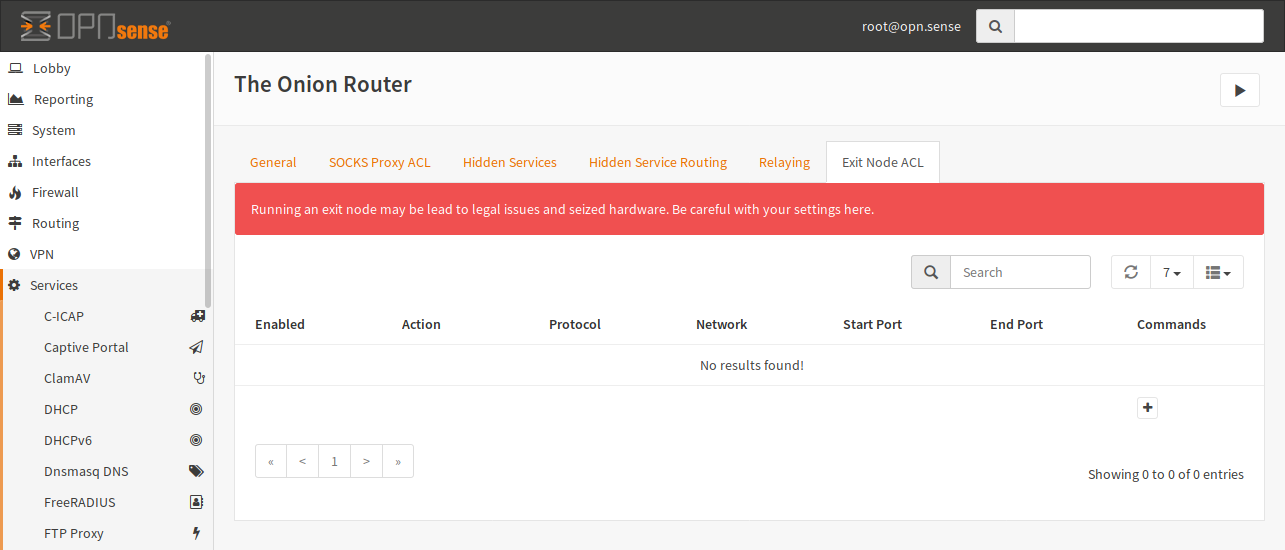

Previously, users faced difficulties in manually configuring port-forwarding, With the goal of outpacing the censor’s ability to block proxy IP addressesĪnd providing a very easy to use, reliable,Īnd hard-to-filter method of circumventing censorship. Snowflake involves a large network of highly ephemeral volunteer proxies, To illustrate in the context of Tor, Snowflake allowsĪnyone to leave a browser tab open to become an ephemeral Tor bridge. Snowflake is much like a hybrid of previous Pluggable Transports,Īnd this document will serve as a guide for exploring this system. It is inspired by and builds upon the previous work of Flashproxy. As a Pluggable Transport, it provides easy-to-use access to a censorship circumvention system such as Tor. Snowflake is a new circumvention tool which provides access to the free and open internet. 3.1 Pluggable Transport Client Behavior.Will be updated, and additional documents will be made available toĭiscuss metrics, further topics, and other relevant results given Snowflake and this live document are a work in progress.Īs everything in the Snowflake project develops further, this document Without assuming significant prior knowledge in these topics. Its method in traversing NAT using ICE negotiation,Īnd a number of additional considerations,

Its approach to Rendezvous using Domain Fronting, Specifically, this document will discuss Snowflake’s use of WebRTC, Those interested in contributing to this project and Internet Freedom in general. The intent is to introduce Snowflake to the moderately technical reader, and In terms of the system’s components, interactions, and code. This document provides a technical overview of Snowflake Snowflake is a new WebRTC Pluggable Transport. Snowflake Technical Overview – Latest Edit: January 2017


 0 kommentar(er)
0 kommentar(er)
